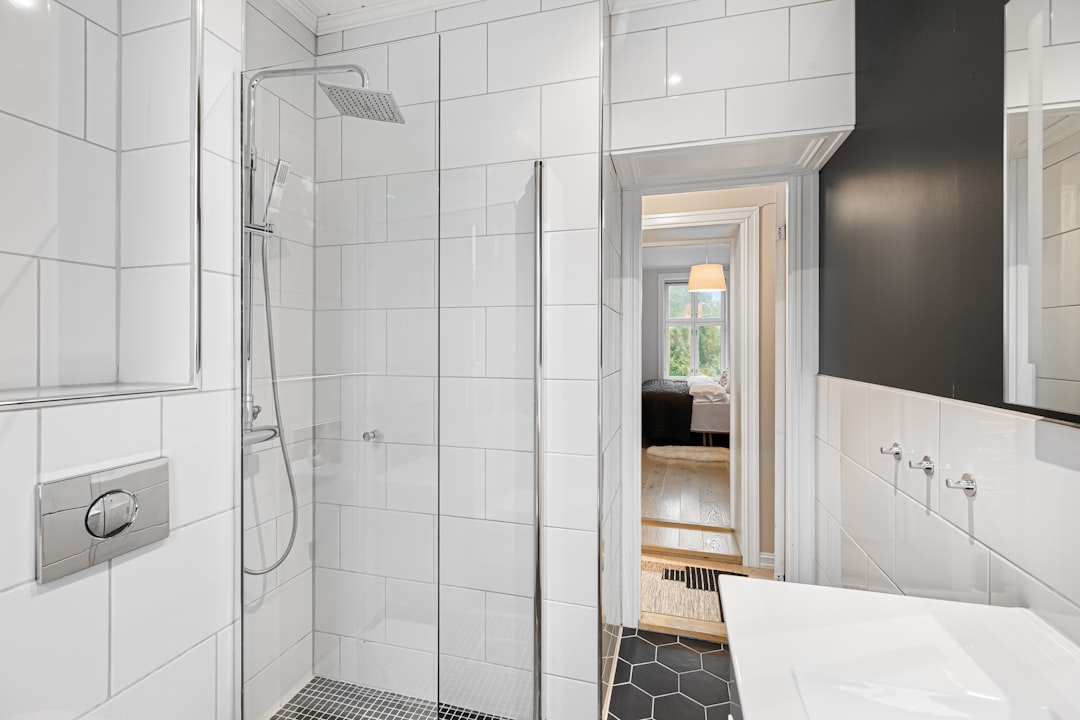
For construction professionals, understanding the cost to replace a bathroom floor is crucial for accurate project planning. The cost typically ranges from $1,480 to $3,950 for an 80 sq ft bathroom in Riverside, CA. This range depends on factors such as material choice and labor requirements. Here's a detailed breakdown:
Additional features like radiant heat or custom transitions can increase costs. CountBricks allows professionals to adjust these variables easily.
1. Existing Floor Conditions: Floors with glued-down vinyl require more labor for demolition. CountBricks' AI considers existing coverings to prevent unexpected costs.
2. Subfloor Health: Moisture damage may necessitate plywood patching. CountBricks includes regional plywood pricing in estimates.
3. Tile Selection: Tile costs vary widely, from $2.50/sq ft for porcelain to $18/sq ft for marble. Estimates reflect current supplier discounts.
4. Layout Complexity: Complex designs increase labor hours. CountBricks uses data from past projects to provide realistic time estimates.
5. Bathroom Accessibility: Second-story bathrooms may incur additional costs. CountBricks calculates these automatically.
CountBricks' AI provides more accurate estimates by considering:
This approach results in estimates that reflect current market conditions.
1. Start a voice call in the CountBricks app or web portal.
2. Describe your bathroom dimensions and tile preferences.
3. AI suggests optional upgrades like radiant heat.
4. Receive a detailed cost breakdown in seconds.
5. Approve or decline items and lock in pricing.
CountBricks can seamlessly transition from floor replacement to full renovation if structural issues are found. All project data is integrated, allowing for easy scope adjustments.
For precise cost estimates, use the CountBricks app or visit CountBricks.com for a consultation.

A Riverside homeowner used CountBricks to replace a linoleum floor with porcelain tile. The initial budget was $2,200. During the process, minor subfloor issues were identified, leading to a revised estimate:
The final cost was $2,480, within the homeowner's contingency fund.
CountBricks simplifies scaling projects from floor replacement to full renovations. Measurements and selections are stored for easy adjustments.
1. Download the CountBricks app or create a web account.
2. Input project details and receive live estimates.
3. Lock in pricing and schedule crews efficiently.
CountBricks provides clarity and savings for construction professionals.